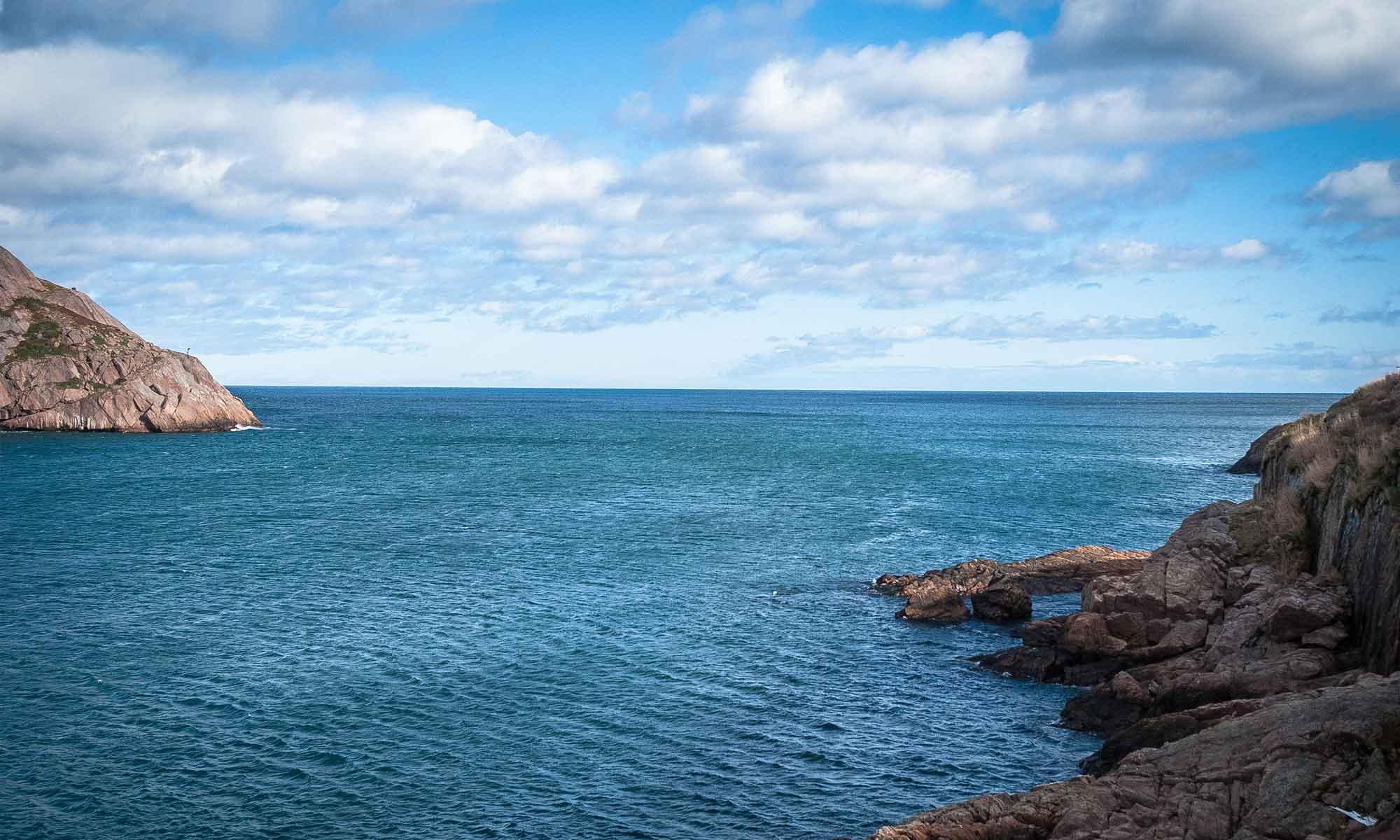For centuries marine activity has been intertwined with coastal life in Canada’s most easterly province of Newfoundland and Labrador. The island of Newfoundland and its vast mainland territory of Labrador are awash in both salt and fresh water. A total of nearly 29,000 km/18,100 miles of coastline to be exact. This place has such a strong heritage of needing and using the sea and myriad inland waterways that they are an inescapable part of our culture. Explore that heritage through words and pictures on this website.
Aboriginal people are known to have lived here for 7,500 years — possibly even 2,000 years longer — and their descendants still live in both parts of the province. Norse settlers from Greenland came here briefly 1,000 years ago. Europeans are thought to have sailed west to exploit the fisheries from about the 13th Century, and began settling in the 1600s. Permanent fishing colonies were established along the coasts over the next 400 years, with the19th and early 20th Centuries seeing marine activity thriving among the outports.
That span of history is the scope of Eastwaters. The website is dedicated to presenting this maritime heritage to the province and world beyond. Our contents only scratch the surface, however. We are starting with a few articles to catch your interest, and will expand the site as time and resources permit. To dig deeper into specific subjects, there are links to other websites offering more information.
In developing this website over the past ten years we have seen a great interest in Newfoundland and Labrador’s marine heritage. But regrettably, there is no organized effort to collect, preserve, present and interpret that heritage to the public. One of Eastwaters’ goals is to encourage the founding of a marine historical society in Newfoundland & Labrador, and our first step is to set up a forum on this website to discuss the concept.
